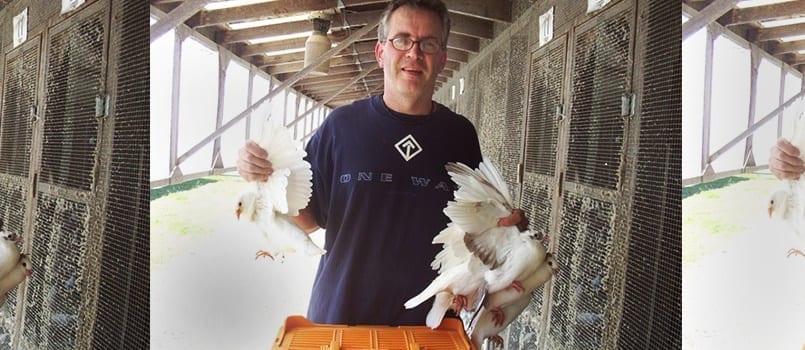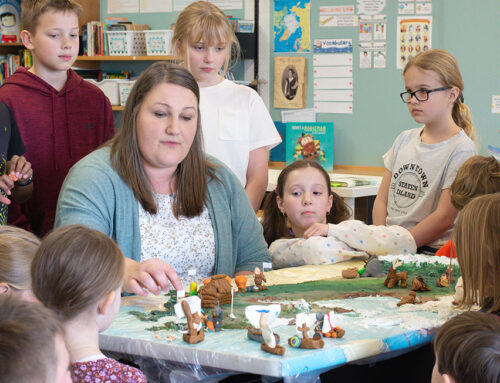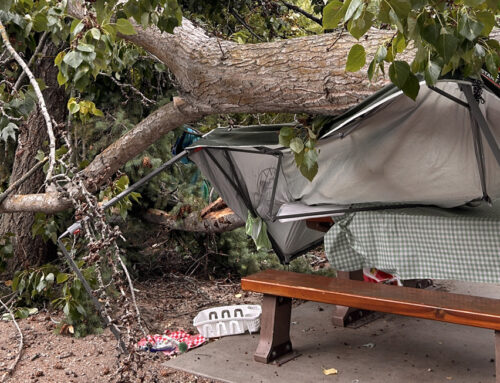I never learned as much as when I became a pigeon farmer.
I remember walking to the barns on the day of possession, wondering what I had gotten myself into. I was overwhelmed with the responsibility, and with my ignorance as to how to produce the young pigeons (squab) that were so coveted by the high-end Chinese restaurants. At the time I didn’t know that the flock was a mess—production was low and dropping, and many of the birds were sick.
There was so much I needed to know, and I was very motivated to find the answers to all my questions. Actually, all my questions were really just one question: How can I make this flock productive?
From the ground up
We had a very large book all about pigeon farming but it had been published in 1919. Still, much could be gleaned from these pages by motivated learners. I also talked to every English speaking pigeon farmer in the Fraser Valley, and one in California. I talked to vets and a UBC professor. Where I couldn’t find information, we experimented. And we experimented even if I had the information.
I began to learn about diseases by taking the sick birds into the Department of Agriculture where they attempted to tell me what they were dying from. Over time, by lining up the diagnoses with the symptoms I had observed, I could identify the ailment without paying $50 for the diagnosis. I actually learned how to do math because I had a contraption that added 1 oz. of a medicine solution to each gallon of drinking water. I had to figure out what the concentration of the medicine had to be to deliver the proper dose to the birds. It turns out, with the proper motivation, I can actually learn math.
A large part of the success of DeJong Squab Farm was that there were a lot of DeJongs involved—this included my parents and my children. Everyone had a different set of skills and all needed to be utilized on this project.
All this learning lead to a very healthy and productive flock of thousands of happy pigeon pairs. I suppose you could say we were experts. I could detect most illnesses in the early stage with my nose or by listening to them sleep. We had people coming from all over asking for information and buying our birds as breeding stock. When the first wave of avian flu hit the valley, the CFIA actually consulted me for establishing guidelines for testing.
Thirst for learning
I learned a lot in the ten year project of DeJong Squab Farm–math, nutrition, zoology, ethology, genetics and biology, and a little about a whole lot of other fields. This is amazing since I am more naturally a literature, history, theology guy.
I learned a lot of things, but as I reflect on this experience, I also learned a lot about learning. It was collaborative. It started with a big question that was really relevant and it shattered into a whole lot of other questions and we had to come up with our own ways to answer them. It involved floating ideas, receiving feedback and revising plans. Ultimately, we ended up sharing our knowledge with others who were interested in what we had learned and sought to benefit from our experience.
These elements are the heart of so much learning that happens in the “real world.” We want them to happen authentically in our classroom. Working like this is engaging and this engagement of the head, heart, and hands is exactly what we want for our students.






WHAT DO YOU THINK?